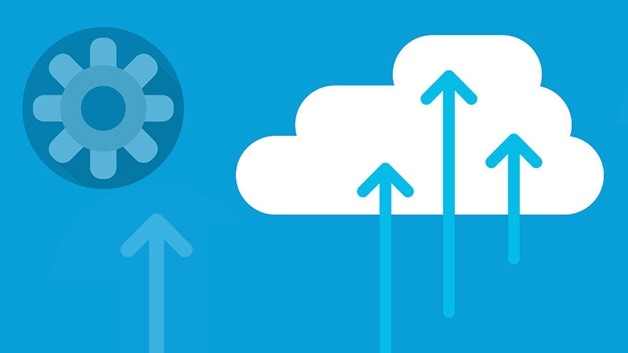What is an application migration strategy?
An application migration strategy addresses the procedures and processes required to migrate the application and its data with minimal disruption to regular business practices. Communication and collaboration between DevOps and other involved teams is imperative to a successful migration.
What are common types of application migrations?
Common migrations include:
- From one cloud environment to another
- From one data center to another
- From the public cloud to private or hybrid cloud services
- From an on-premises data center to a cloud provider such as Azure, Google cloud platform, or AWS
What application migration tools help ensure success?
- Amazon Web Services (AWS) migration services
- Azure migration program
- Google migration services
- Turbonomic
- AppDynamics
- CloudPilot
Microsoft Azure monitoring solutions
Application migration best practices
Assess the application and environment
A successful migration project requires a thorough evaluation of the application portfolio, including IT infrastructure, legacy applications and systems, and dependencies that may affect data migration. Prepare the destination server environment by considering requirements for compliance, scalability, and business practices.
Create a deployment document
The web application may require specific server settings and dependencies, according to its complexity, version, and build. Creating a written deployment document as part of the migration plan can streamline the process and save the DevOps teams from the tediousness of discovering these requirements through trial and error.
Prepare for data migration
Data transfer is critical to the overall success of the migration process. To begin, create a full compressed backup for file and database migration. Configure the source and destination environments to be as similar as possible, using the same folder paths, database names, and user names if the new system allows it.
See our database monitoring solutions
Restore and reconfigure
Once the files and databases have been restored on the destination server, it's time to reconfigure the application to its new server environment. Identify files related to the application configuration, and update paths and connection strings at the destination environment as needed.
Automate when possible
Minimize disruption or possible downtime and increase the efficiency of your migration plan by automating repeated patterns whenever possible. For instance, if your organization has chosen to start small with a phased cloud migration approach, automating certain processes can facilitate future phases.
Create a test plan
A comprehensive testing strategy is a crucial element of the migration process. Modify the local hosts file on your computer to test the application locally before going live at the destination server environment. Navigate the site as both a user and an application administrator and test all functions and features to gain a full understanding of performance.
